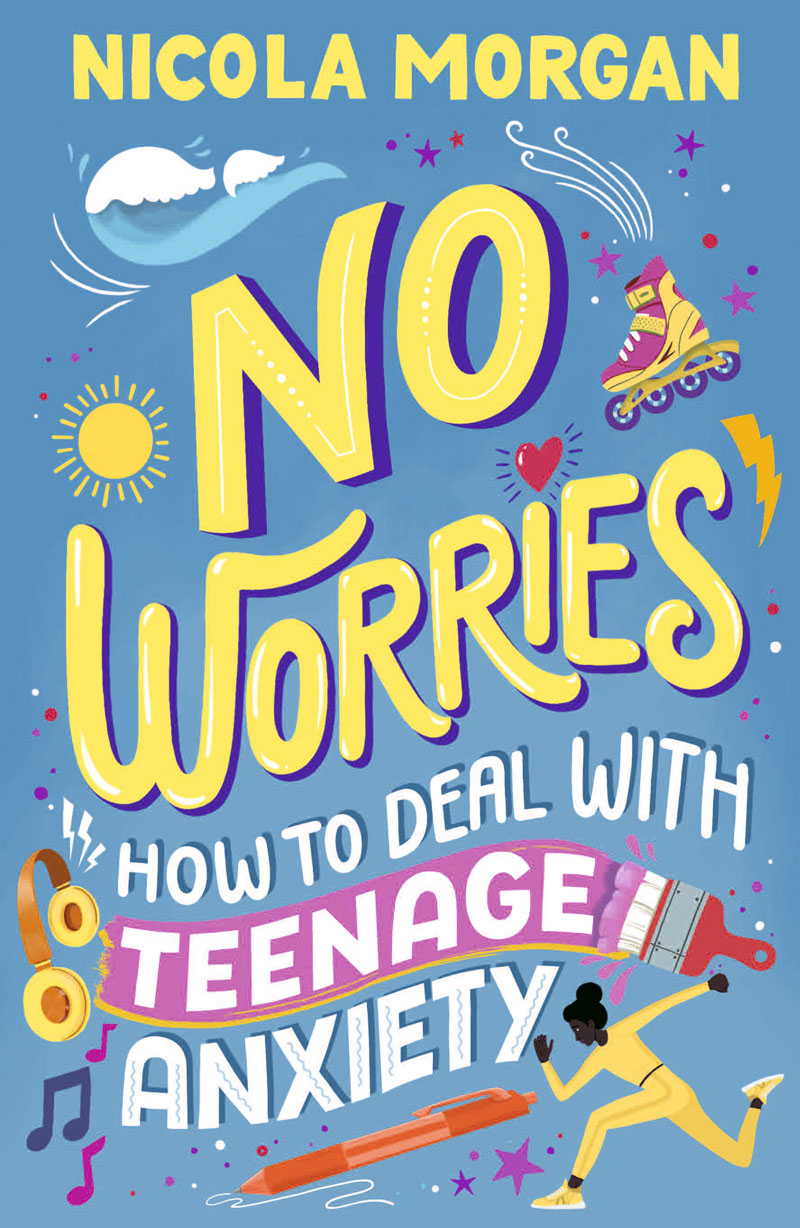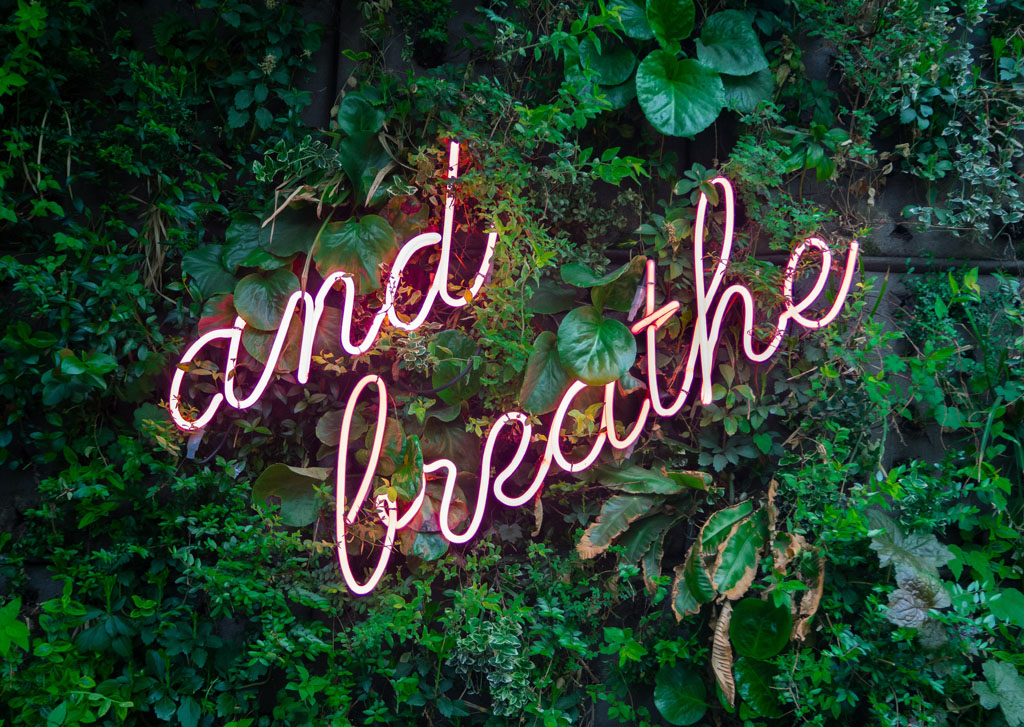In a nutshell
“When you know why something is happening, you can take steps to deal with it”, writes Nicola Morgan in her latest book, No Worries: How to Deal With Teenage Anxiety. It’s in this spirit that she explains the science behind anxiety and what it does, before outlining a selection of positive coping strategies, from breathwork techniques and journaling to meditation and mindfulness.
Anxiety is uncomfortable
While anxiety can feel uncomfortable, and from an evolutionary standpoint this is no accident, there’s comfort in the knowledge that it’s an important and normal part of the human experience. Likewise, panic, which Morgan describes as “an exaggerated stress response”, doesn’t feel nice but will not harm you.
She uses science to back this up, explaining how the symptoms of panic are only temporary: “Your body cannot keep making more adrenalin, so very soon your heart rate and breathing will return to normal. Even if you don’t do anything about it.”
“‘This will not harm me’ is something to remember any time you feel panic”, she advises.
Tackling worries
The idea that anxiety serves a purpose and is not a scary monster to be escaped is a good starting point for facing the sources of anxiety head-on, something it’s usually sensible to do, says Morgan.
“Avoiding the thing we are so afraid of is almost never the way to deal with fear. This just increases our anxiety. Avoidance is called a ‘negative coping strategy’. At the time, it helps you cope but it has negative results: you still can’t face the source of your anxiety.”
Other negative coping strategies she mentions include biting fingernails, picking at skin, overeating (or undereating) and using alcohol, smoking or drugs.
Reasons to be cheerful
“Anxiety is not a fixed and physical part of you like the colour of your eyes: it’s just how your brain makes you feel in certain situations. And you can train your brain to do it differently, just as you can train your brain to be better at any skill”, she says, likening anxiety to a guard dog that can be trained to protect its owner.
The idea that we can alter and improve our reactions to anxiety is a reason for optimism and Morgan’s latest book is full of techniques to match different situations, personalities and anxiety types. There’s also advice about how to seek further help if necessary.
Back to the guard dog analogy, the aim of these coping strategies is to train and tame anxiety so that it acts as a safe companion, “alerting you appropriately to danger, helping you become strong in the face of challenges, and sitting calmly beside you when there’s no danger and you’re trying to relax.”
Anxiety as a superpower
Morgan goes on to explain that there are certain circumstances – when you can do something to help the situation – when a bit of anxiety is welcome: “Because the stress response is there to make you run fast enough to escape a lion or fight well enough to beat an enemy, it gives you huge powers, physical and mental. So, you are likely to give your best performance in a race, competition, exam, performance, audition or interview that you feel anxious about. Your anxiety about the challenge is what gives you the power to succeed. Your anxiety is your superpower.”
There’s also plenty of food for thought when it comes to working out your own relationship with anxiety and assessing the aspects of your personality that might have a bearing on it. Insights that many adults will wish they’d had when they were teenagers.

- No Worries: How to Deal With Teenage Anxiety by Nicola Morgan (Walker Books, £7.99) is out now.
- Further information on Nicola Morgan’s blog, including this post on creating positive pathways in the brain.
Lead picture credit: Max van den Oetelaar on Unsplash

